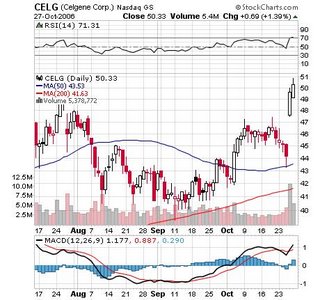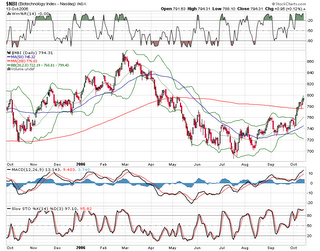Amylin Pharmaceuticals, Inc. currecntly has two marketed products, BYETTA and SYMLIN, both injectable products to treat diabetes. Symlin is a synthetic analog of human amylin which is a naturally occurring hormone. Symlin and insulin work together with glucagon, another hormone, to maintain normal glucose concentrations. It is important to note that Symlin is co-administered with insulin. However, since insulin alone is sufficient in treating most patients, the addition of Symlin is not necessary in most cases. The breakthrough for treatment of diabetes would be a drug that replaces insulin, because insulin has lots of other side effects and is also very strong and may cause hypoglycemia if misused.
Byetta on the other hand has a different mechanism of action. Its active ingredient, Exenatide, is a synthetic exendin-4 peptide made of 29 amino acids. It is a long acting potent agonist of the glucagon-like peptide q (GLP-1) receptor which acts by regulating gastric emptying, insulin secretion, food intake and glucagon secretion. Byetta is used in treating type II diabetes in patients who are taking metformin and/or sulfonylurea, two common oral therapies, but have not achieved adequate glycemic control. This combination would spare the patients from using insulin. However, Byetta is not perfect and requires 2-3 daily injections, similar to Insulin. The company in partnership with Ely Lilly and Alkermes are working on a once a week injection of Exanatide which would be much more convenient if it is shown to control blood glucose levels as well as existing treatments. The company is conducting a phase III trial and does not expect to launch the product until 2009. Amylin has another partnership with Nastech Pharmaceuticals to develp intranasal version of Exanatide which may be launched by 2009.
In the first half of 2006 Amylin recorded $17.9 million in sales from Symlin (33% quarterly growth rate) and $166.8 million in sales from Byetta (45% quarterly growth rate). The company also had $15.8 million in collabortion agreements. For Byetta, Amylin shares revenues with Lilly. Amylin gets 50% of US sales and 20% of sales outside of US.
My estimates for Q3 2006 sales are about 170-175 million (assuming a minimum of 45% average growth). These sales growth numbers are not enough to get Amylin to profitability any time soon. Sales form Byetta are therefore considered to keep the company around until Exanetide LAR gets to the market. That is the blockbuster that the company needs to launch it into the upper echelon of bitoech sector. The company recently raised enough capital to ensure that it will get to that point ($850 million in cash on balance sheet)
The company is expected to record about $500 million in 2006 with a loss of about $1.88 per share and loss of $1.1 per share on about $800 million revenues in 2007. The stock currently has a market cap of $6 billion and is trading at $48.17.

Bottom line: Byetta is not the blockbuster to propel Amylin stock price to double in value, specially since they have to share revenues with Lilly. I don't see any catalysts to cause a significant increase in share price of this company. This company could trade side ways for the next few quarters and perform up and down based on the market and the sector. At $6 billion, Amylin seems to be fairly valued. I would recommend buying at or below $45(given no bad news). Depending on good sector performance and lack of bad news, it could trade as high as $64 (8 billion market cap) but not anytime soon.
There also remains some risks with at successful phase III trial of Exanatide LAR in addition to risk from competition including inhaled insulin being developed by Lilly. Another minor risk is approximately $375 million in convertible bonds that may get converted ar about $34/share and would be dilutive.
If you are tolerant of these risks and are willing to wait until 2009 to see any significant earnings you could start investing in AMLN. Personally, I am placing AMLN on my watch list.
JMHO






